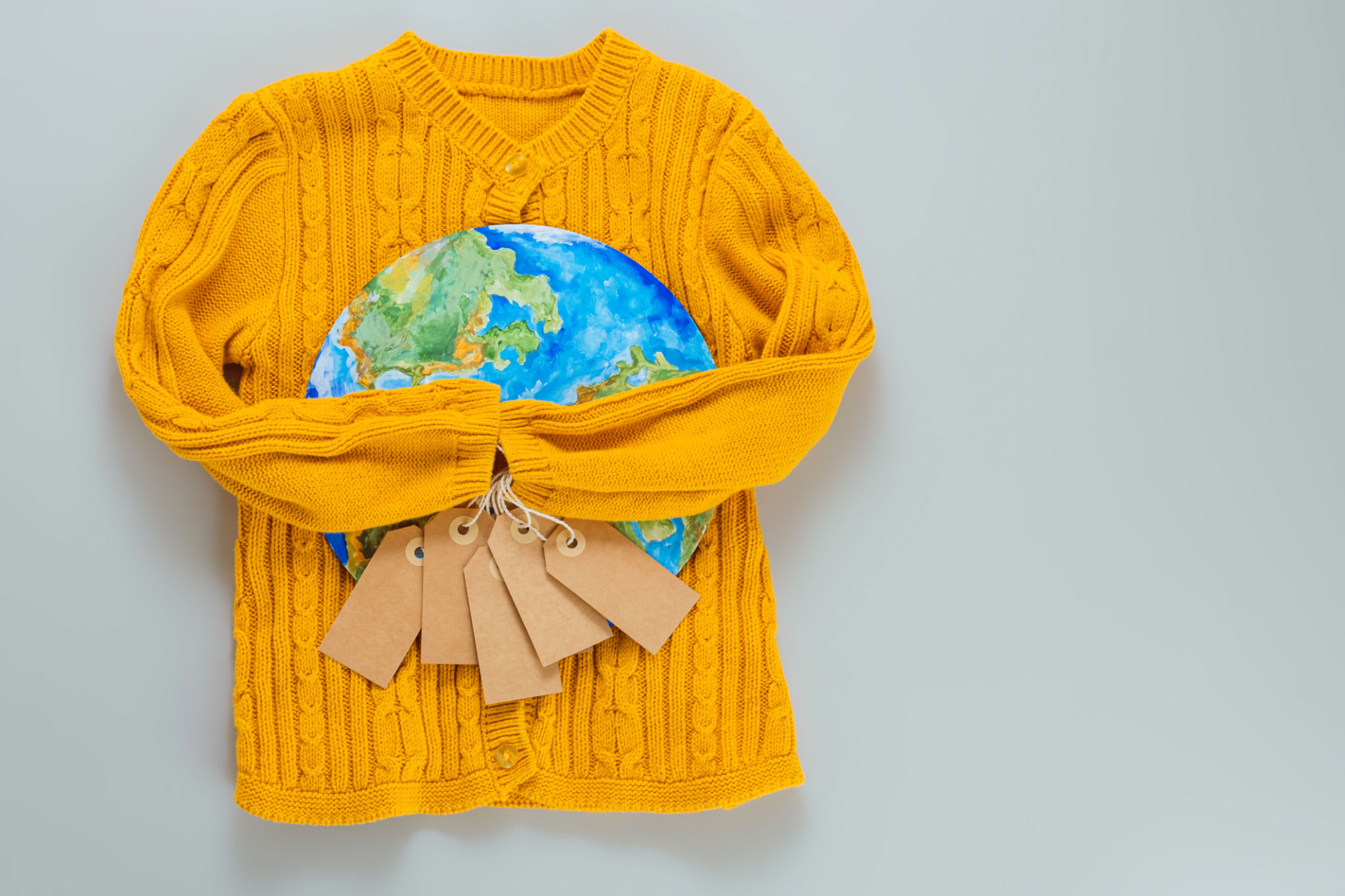Sustainable Fashion Practices: How We Lead the Way in California
Sustainable Fashion Practices in California
California has long been at the forefront of progressive movements, and sustainable fashion is no exception. With a growing awareness of environmental issues and the impact of fast fashion, many brands in California are leading the way by adopting sustainable practices. These practices not only aim to reduce environmental harm but also promote ethical labor and long-lasting quality.

Eco-Friendly Materials
One of the most significant steps towards sustainability in fashion involves the use of eco-friendly materials. In California, numerous brands are turning to organic cotton, recycled polyester, and Tencel. These materials require less water and energy to produce, significantly reducing the carbon footprint. Moreover, they are often biodegradable or recyclable, making them a superior choice for the environmentally conscious consumer.
Additionally, innovations like mushroom leather and pineapple fibers are being explored, offering exciting new avenues for creating stylish yet sustainable apparel. By choosing these materials, California brands are setting a benchmark for eco-friendly fashion production.
Local Production and Ethical Labor
Another critical aspect of sustainable fashion is ensuring fair labor practices. Many companies in California are committed to providing safe working conditions and fair wages to their employees. By producing locally, these brands can maintain close oversight on their supply chains, ensuring ethical standards are met.

Local production also means reduced transportation emissions, as products do not need to be shipped across the globe. This not only supports the local economy but also minimizes the environmental impact associated with long-distance shipping.
Innovative Waste Reduction Techniques
Waste reduction is a key focus for sustainable fashion brands in California. Techniques such as zero-waste pattern making and upcycling are becoming prevalent. Zero-waste design involves using every piece of fabric in the garment-making process, leaving no scraps behind.
Upcycling, on the other hand, transforms old or discarded garments into new, stylish pieces. This not only reduces landfill waste but also gives consumers unique items with a story and history.

Promoting Conscious Consumerism
Educating consumers is a vital part of the sustainable fashion movement. Many California brands are actively engaging with their customers to promote conscious consumerism. This involves encouraging people to buy less but choose well, focusing on quality over quantity.
- Opt for timeless designs that won’t go out of style.
- Invest in durable clothing that lasts longer.
- Support brands that prioritize sustainability and ethical practices.
By fostering a culture of awareness and responsibility, these brands are helping shift consumer habits towards more sustainable choices.
The Future of Sustainable Fashion
The future of sustainable fashion in California looks promising as more designers and companies embrace these practices. With continued innovation and commitment to reducing environmental impact, the fashion industry in California is poised to lead globally in sustainability efforts.

As consumers become more informed about the environmental and social impact of their purchases, the demand for sustainable options will likely increase. This shift will encourage more brands to adopt eco-friendly practices, ultimately benefiting both people and the planet.